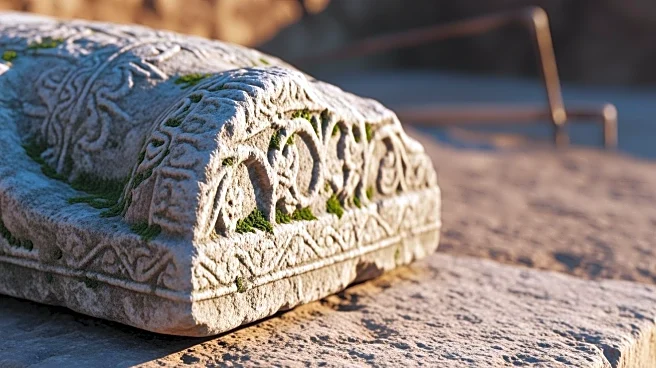Belgrade, the capital and largest city of Serbia, is located at the confluence of the Sava and Danube rivers. It is one of the oldest continuously inhabited cities in Europe and the world. The city's history
is marked by its strategic location, which has made it a focal point of numerous conflicts and cultural exchanges over the centuries.
First Peoples & First Mentions
The area around Belgrade was inhabited by nomadic foragers in the Palaeolithic and Mesolithic eras. The first farming people to settle in the region are associated with the Neolithic Starčevo culture, which flourished between 6200 and 5200 BC. The Vinča culture, known for its large settlements and early copper metallurgy, succeeded the Starčevo culture.
Explorers, Missions & Colonial Outposts
In antiquity, the region was inhabited by Thraco-Dacians, and after 279 BC, Celts settled the city, naming it Singidūn. It was later conquered by the Romans and became a significant military frontier. The city changed hands several times between the Byzantine Empire, the Frankish Empire, the Bulgarian Empire, and the Kingdom of Hungary.
From Empire to Nation: Transfers of Rule
Belgrade became the capital of the Serbian Despotate during the reign of Stefan Lazarević. It was later conquered by the Ottomans in 1521 and became the seat of the Sanjak of Smederevo. The city frequently passed from Ottoman to Habsburg rule, which saw the destruction of most of the city during the Ottoman–Habsburg wars.
Surveys, Subdivisions & Settler Economies
Following the Serbian Revolution, Belgrade was named the capital of Serbia in 1841. It became the capital of Yugoslavia from its creation to its dissolution. The city has been battled over in 115 wars and razed 44 times, shaping its history and urban landscape.














